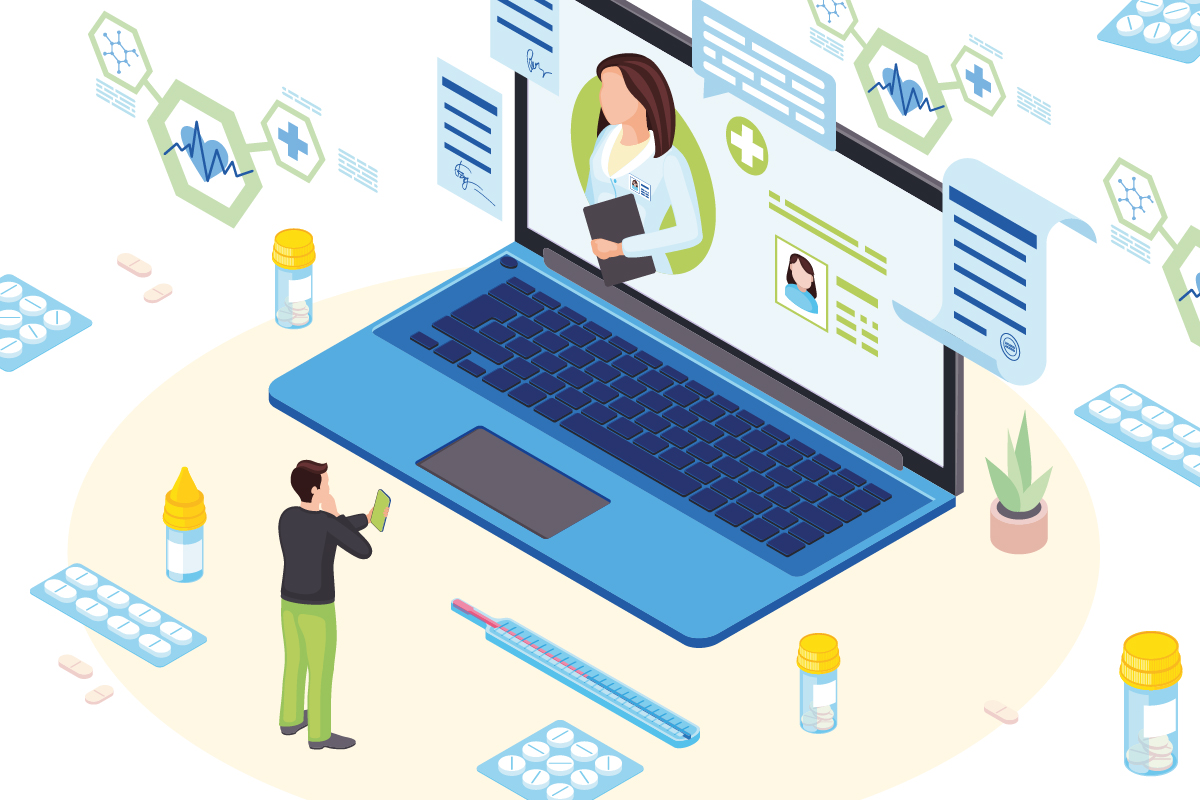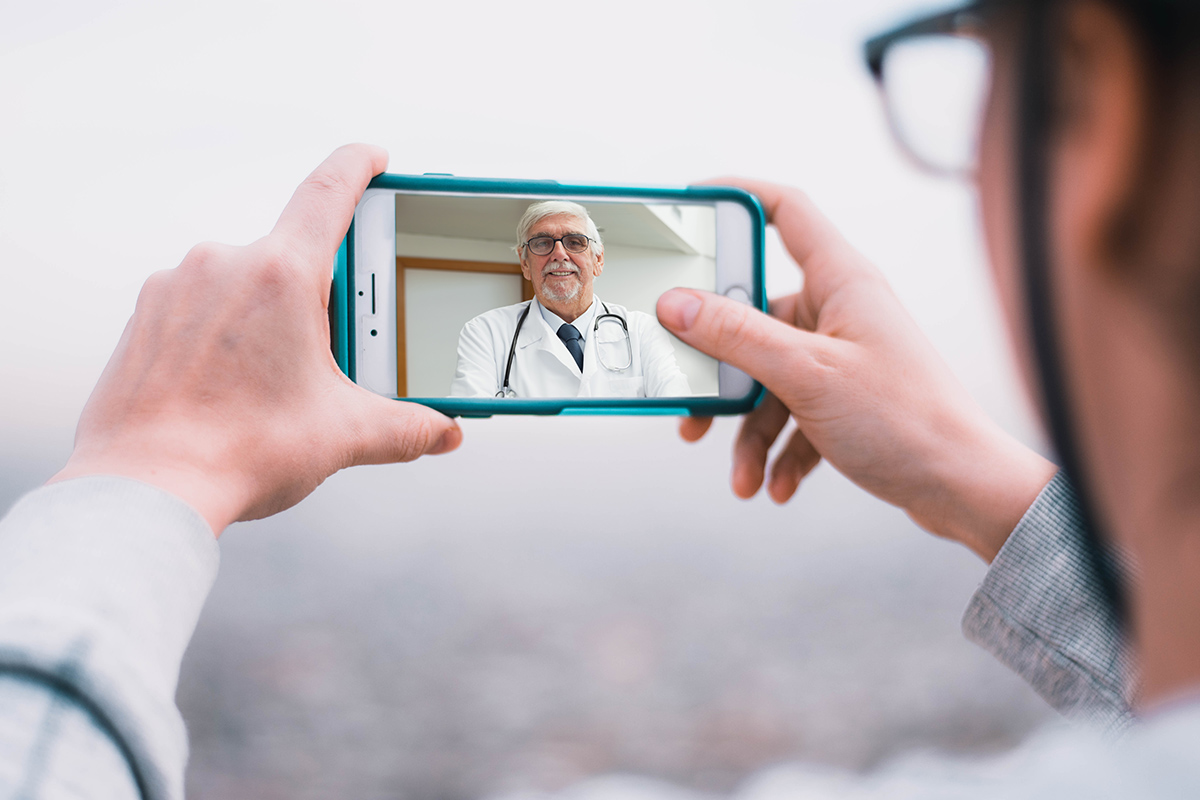Feature | Adopting Telemedicine During the COVID-19 Pandemic: A Return to Patient-Focused Care

I learned something six years ago that my colleagues are learning now during this COVID-19 pandemic.
Desperation is the mother of adoption.
I care for adults with congenital heart disease (ACHD). Early in my career, I learned these "lifelong" cardiac patients are at high risk of loss to follow-up. Our community research revealed a gap in the knowledge of both parents and children about congenital heart disease being an illness that requires lifelong follow-up.
Zip code analysis of our practice revealed that my patients came from great distances as well as more local regions with a low median income. Finding transportation, taking time off from work and finding child care were all challenging for both populations.
Thus, out of necessity, I began using telemedicine to better engage with my patients. I scheduled virtual visits with my patients to review images with them, discuss vital sign trends from remote monitoring and review labs, and educate them on the disease process as well as nutrition, exercise and stress management. If we couldn't fit everything in one visit, it was simple to schedule another one.

My patients are now engaged participants and advocates for their care. This is quite the change from some who had refused to travel to Boston, some who were panicked by memories of hospitals, and others whose social determinants of health were a barrier to receive care.
Many people say necessity is the mother of invention. In my case, to build the kind of ACHD practice I wanted, desperation was the mother of adoption.
Today, my cardiac colleagues throughout the hospital and the country are feeling this desperation. Patients are frightened, many are high-risk, and even healthy people are encouraged to practice social distancing. Practices and clinicians who were certain there was no room for telemedicine in their budget, workflow or bandwidth are clamoring for the opportunity to practice virtually.
The reason we are seeing this accelerated course is the pandemic, but it is also desperation. There is now a willingness to adopt a new technology and workflow by patients who want to connect with health care safely and by hospitals that need healthy patients to reduce their exposure and allow room for the seriously ill.
For clinicians who are embarking on the use of telemedicine, this is hopefully the beginning of an important journey. Our training teaches us that the laying on of hands is what makes a physician.

For a long time, I extrapolated this to mean that the clinic visit was therefore the foundation of a relationship. For my patients, however, telecardiology visits demonstrated respect for their needs, connected them and their loved ones with me on their home turf, and immediately made them feel an equal partner in the physician-patient relationship.
For me, it was telemedicine that removed me from the bustle of the clinic and allowed me to focus on being an effective educator and listener.
Desperation is the mother of adoption. In this difficult time, we find ourselves needing telemedicine. Virtual visits will be an adjunct to in-person care, and the use cases will vary. But hopefully as we emerge from this pandemic, the infrastructure for telemedicine will remain.
For the U.S. physician, desperation in the form of burnout and physician suicide was already a concern before COVID-19.
Telemedicine is an opportunity to offer to the overworked, under-supported clinicians facing burnout the joy of focusing solely on the physician-patient relationship and clinical care – their original motivation for a career in medicine.
Clinical Topics: Cardiovascular Care Team, COVID-19 Hub
Keywords: ACC Publications, Cardiology Magazine, Heart Diseases, Suicide, Ambulatory Care, Telemedicine, Therapeutic Touch, Social Determinants of Health, Follow-Up Studies, Pandemics, Physician-Patient Relations, Coronavirus, Coronavirus Infections, COVID-19
< Back to Listings


